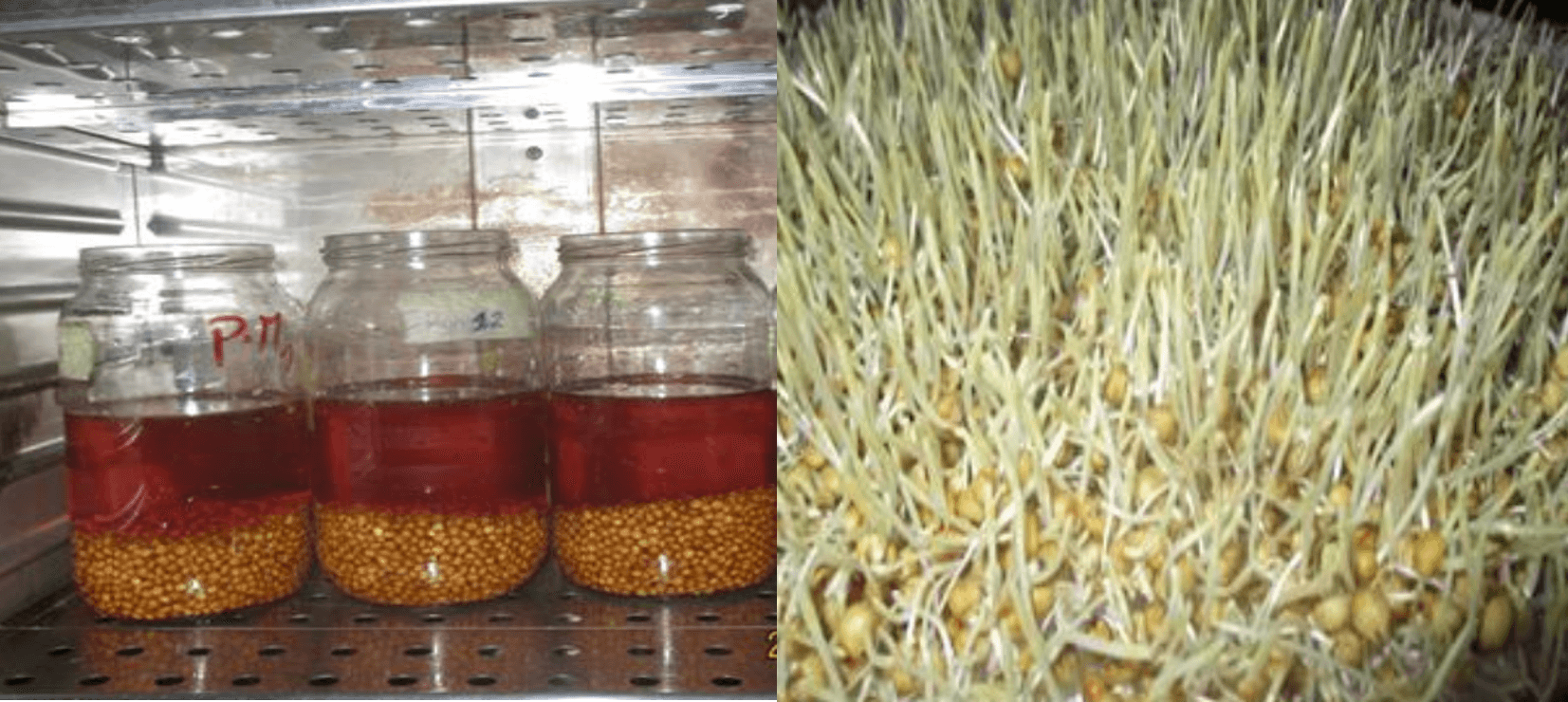Optimisation de l’Extraction de la Dextrinase Limite de la Variété de Sorgho Camerounais Safrari (2020)

Abstract: The response surface methodology, using a 4-factor Doehlert design, was used to optimize the extraction of limit dextrinase from Safrari sorghum malt. The factors studied were temperature, pH, mass ratio of malt / volume of buffer (m / v) and time. The generated model linking dextrinase limit activity to the previous factors has been validated. The analysis of variance showed that three simple effects (temperature, ratio and time), an interaction (pH / extraction time) and all the quadratic effects significantly influence (P <0.05) the activity of limit dextrinase during extraction. All of the significant effects except the pH / time interaction contributed to lower activity of limit dextrinase. The values found for optimal extraction are 23 °C, 10 h, 5.0 and 5/32 respectively for temperature, time, pH and the ratio mass of malt / volume of buffer. The experimentation with this condition led to an optimal enzymatic activity in limit dextrinase of 140 mU/mL.
Practical Application Limit dextrinase obtained from the Cameroonian sorghum variety Safrari can be used to reduce the turbidity of worts especially when brewed with cereals which lead to opaque beers. This is quite important because none of the enzymes used by brewing factories in Cameroon are from local origin.
Optimisation de l’Extraction de la Dextrinase Limite de la Variété de Sorgho Camerounais Safrari.pdf


